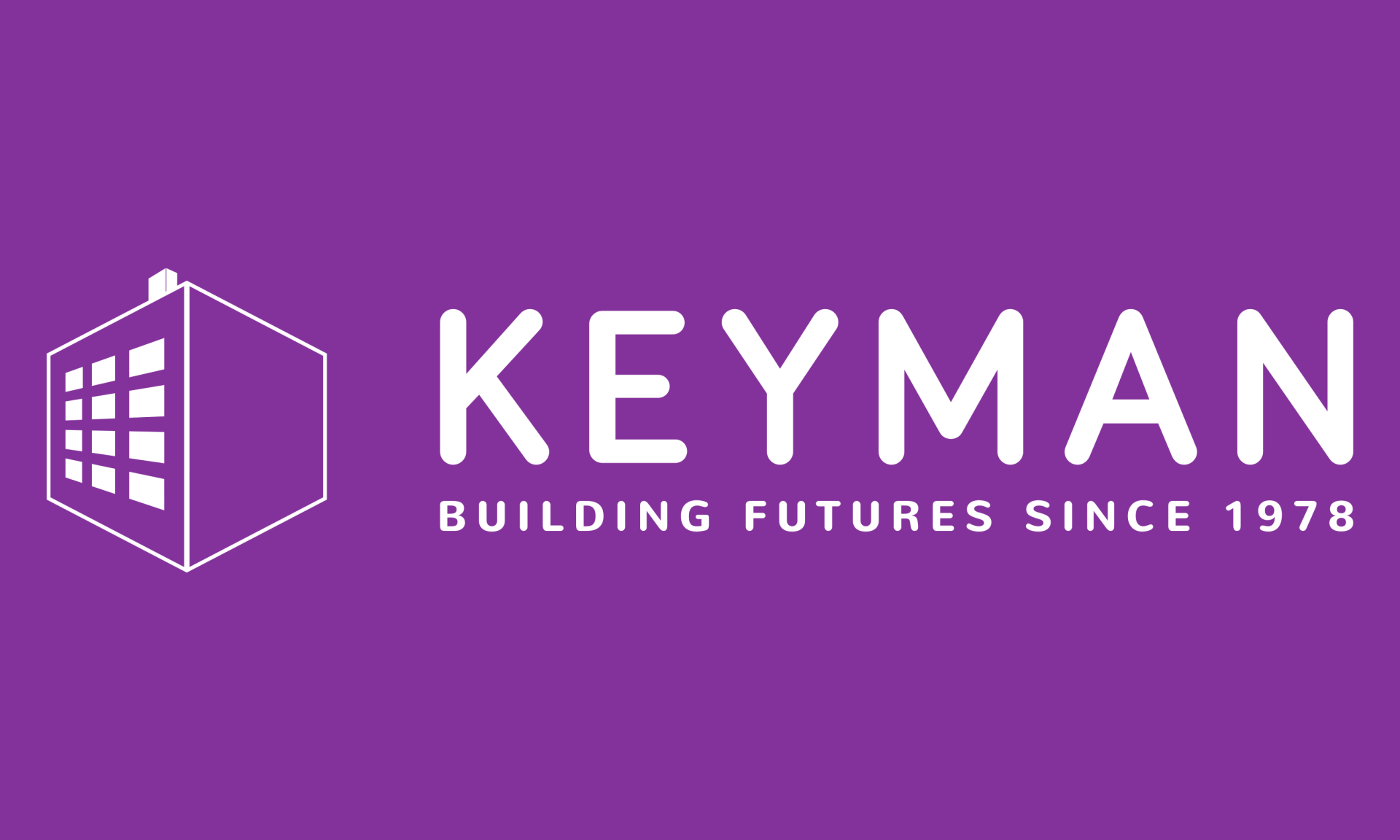
The Changing Face of Urban Planning and Infrastructure Development in the UK
Urban planning and infrastructure development in the UK are at a pivotal juncture. As cities continue to grow and evolve, the demands on urban spaces and services are increasingly complex and challenging. The focus is now shifting towards creating sustainable, resilient, and adaptive urban environments that can meet the needs of their diverse populations. This blog explores the latest trends, statistics, and expert opinions in the field of urban planning and infrastructure development in the UK.
Embracing Sustainability and Resilience
One of the core aspects of modern urban planning is sustainability. The UK government's commitment to achieving net-zero carbon emissions by 2050 is driving innovation in sustainable urban design. Cities across the UK are aiming to reduce their environmental impact through a variety of measures, from increasing green spaces to promoting public transport and cycling.
A study by the Urban Transport Group highlights that public transport use in major UK cities has the potential to save 400,000 tonnes of carbon emissions annually. This statistic underscores the significance of integrating sustainable transport solutions into urban planning strategies.
The Rise of Smart Cities
Smart city initiatives are transforming urban living. Technologies such as IoT (Internet of Things) and AI (Artificial Intelligence) are being leveraged to improve everything from traffic management to energy use and public safety. For instance, cities like Manchester and Glasgow are leading the way with smart city projects aimed at enhancing connectivity and liveability.
"The integration of digital technology into urban planning is not just a trend; it's a complete overhaul of how we conceptualize living spaces," says Dr. Helen Wright, a leading urban planner based in London. Dr. Wright’s observation reflects a broader shift towards data-driven approaches in urban development.
Challenges and Opportunities
While the advancements are promising, they come with their own set of challenges. Urban inequality and housing affordability remain pressing issues. The disparities in living conditions and access to services are stark, necessitating thoughtful interventions from urban planners and policymakers.
Moreover, the COVID-19 pandemic has altered the landscape of urban planning. The rise in remote working has led to a decreased need for office space, prompting a rethink of city centre land use. "The pandemic has taught us the importance of flexible urban spaces that can adapt to changing human behaviours," notes urban sociologist Prof. James Kearney.
Infrastructure Development: Keeping Pace with Innovation
Infrastructure development is critical in supporting these urban transformations. The UK's recent Infrastructure Delivery Plan 2021 highlights an investment of £100 billion in infrastructure to stimulate economic growth and support a green recovery post-pandemic.
Significant projects include the expansion of high-speed rail networks, such as HS2, and upgrades to national broadband networks to support digital connectivity. These developments are not just about economic growth but are also crucial in shaping more connected and accessible cities.
Conclusion
The future of urban planning and infrastructure in the UK is dynamic and fraught with both opportunities and challenges. As urban planner Dr. Wright aptly puts it, "We are not just building cities, we are shaping ecosystems for future generations." The responsibility is great, and so is the potential for transformative change. Urban planning must continue to evolve, integrating both technological innovations and fundamental human needs to create spaces that are not only efficient but also inclusive and sustainable.
Keyman Blog



